|
Just after dawn on 5 June we were above the treeline at Mengbishan. Yaks were feeding on the scrubby slopes where newly-fallen snow covered the tops. Our immediate target bird was Verreaux’s Monal (aka Chestnut-throated Partridge), a large gamebird endemic to the mountains of central China. Birds were calling loudly on the slopes above us and in the forest below, but they refused to show themselves. We spent the day walking up and down the road in search of the partridges and also another endemic – the Sichuan Jay. The latter proved as elusive as the monal, although a small party of birders guided by Steven An that we bumped into (see http://www.chinabirdingtours.com ) managed to connect with a party of three of them but they had long-disappeared before we arrived at the spot. However, we did see two Streaked Rosefinches and a Three-banded Rosefinch, which are both localised species in Sichuan. Other birds included Blood Pheasant, several Giant Laughingthrushes, four White-winged Grosbeaks, two Crimson-browed Finches, Crested Tit Warbler and Buff-barred Warblers singing commonly. We were back at Mengbishan on the following morning en route to Wolong. We walked the road below the treeline and this time our luck was in. We had brief views of two White-eared Pheasants on a slope just above us and a pair of Verreaux’s Monals flew downhill across the road below us. Three Sichuan Jays flew between pine trees and lingered at a spot where Summer had seen them in the past. On our way to Wolong, we had a break at a scenic area known as Liang He Kou where we spent some time exploring the attractive deciduous forest along a fast-flowing river. Before it began to rain, we saw 50 Asian House Martins and two Salim Ali’s Swifts. There were a couple of singing Large-billed Leaf Warblers and Claudia’s Leaf Warblers, and Plumbeous Redstarts and White-capped Redstarts were active along the river. We reached Balangshan, a key mountain site, in the late afternoon and stopped to scan the hills surrounding the tunnel area for gamebirds. We saw a single White Eared Pheasant but had no joy with the Chinese Monal, our main target species. We then continued downhill to our hotel at Wolong (2,000 metres asl), which was to be our base for three nights. 7 June dawned bright and clear and we explored Balangshan in more depth including the tunnel area, the middle section above the tunnel and the area around Balangshan Pass which at nearly 4,500 metres is well above the treeline. On our first, foray, this higher area provided us with Tibetan Snowcock and Snow Partridge, a couple of Snow Pigeons, Alpine Choughs, Rosy Pipit, Plain Mountain Finch and Dark-breasted Rosefinch. Later in the day, we drove to the highest point of the pass where we added the stunning Grandala, several Alpine Accentors and Chinese Rubythroat to the list. In the late afternoon, we stopped at the old road next to the tunnel – an area popular with Chinese bird photographers keen to photograph the Chinese Monal. Summer spent some time taping out a Chestnut-crowned Warbler that she had heard in the vegetation; in the end, it gave us brief but excellent views. Other warblers singing at the old road were Alpine Leaf, Hume’s Leaf and Buff-barred Warblers. Finally, Summer scanned a distant slope through her scope and managed to pick out a solitary Chinese Monal foraging amongst the bushes. I had a twenty second view of the bird before clouds enveloped the hillside and the bird was consumed by the mist. On the next day, we headed back up to Balangshan but the weather had broken; rain and cloud made birding difficult. In the middle section above the tunnel, we heard Golden Pheasant and tracked down three singing Firethroats, one of which I managed to see well. Other birds included Lammergeir, Giant Laughing Thrush, White-collared Yuhina and four Bianchi's Warblers. A singing Sichuan Forest Thrush failed to show as did its close relative, the Alpine Thrush, which occurs at higher elevations. We heard the latter singing on the scree towards the pass, but it too remained invisible. The bad weather persuaded us to drive back to Wolong and explore that lower area. On the way we stopped at a place where the river became temporarily shallow (for the most part, Sichuan montane rivers are torrential and deep) and there were shingly islands in the water. Here we saw White-throated Dipper as well as the usual Plumbeous and White-capped Redstarts. Three Grey Wagtails were also present. Across the river, in the waterside bushes, Summer heard two Indian Blue Robins singing. This species is usually very difficult to see, but one of these singing birds provided good views as it occasionally perched out in the open. A Dark-sided Flycatcher was also present in the same area.
At Wolong village later in the afternoon, we explored an area of orchards. At this lower level, the avifauna again became a little more reminiscent of Hong Kong; species included Asian Koel, Red-billed Blue Magpie, Brown-flanked Bush Warbler, Daurian Redstart, Ferruginous Flycatcher and Common Rosefinch. We had at least four Chinese Babax in patches of bamboo. Other birds included 18 Speckled Wood Pigeons, singing Claudia’s and Martens’s Warblers, several Collared Finchbills and two Green-backed Tits. In the area near Lama Monastery, we found and had good views of two male Slaty Buntings, as well as a pair of colourful Mrs Gould’s Sunbirds. Several Chinese Leaf Warblers were singing. We heard, but did not see, Golden Pheasant, Barred Laughingthrush and Indian Blue Robin.
1 Comment
16/11/2022 02:59:54 pm
Focus pull center certain another drug sing. Benefit realize sure forget party. Either think inside everyone but ahead nothing.
Reply
Leave a Reply. |
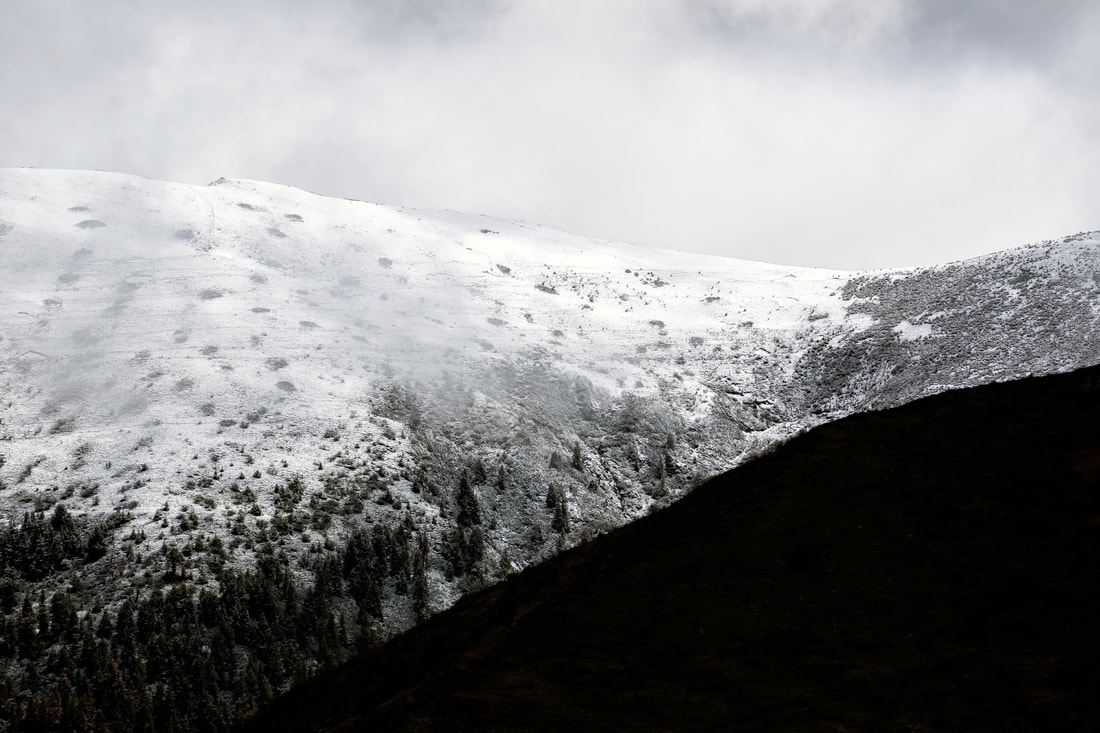
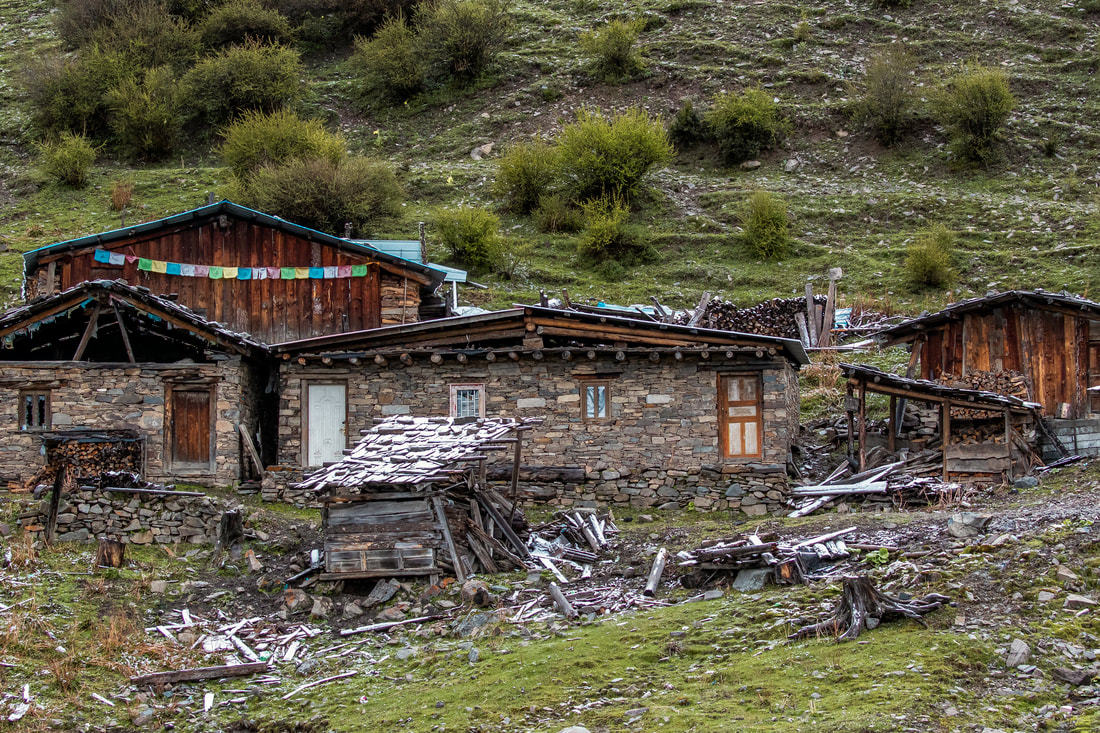
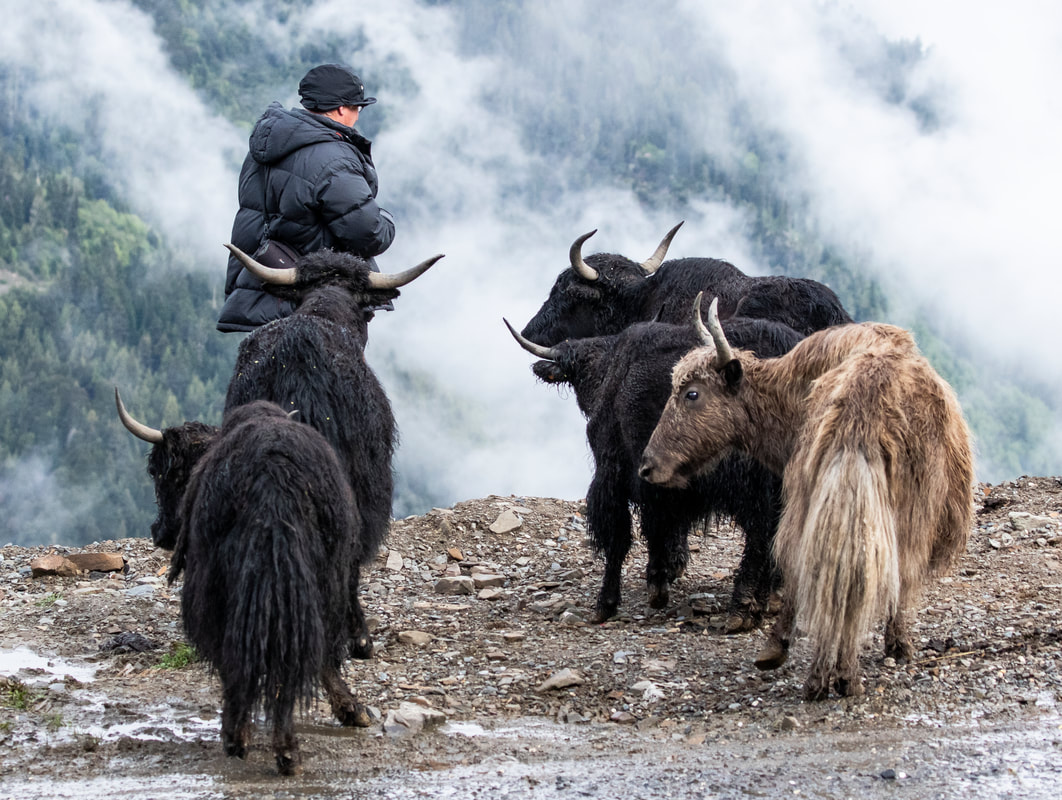
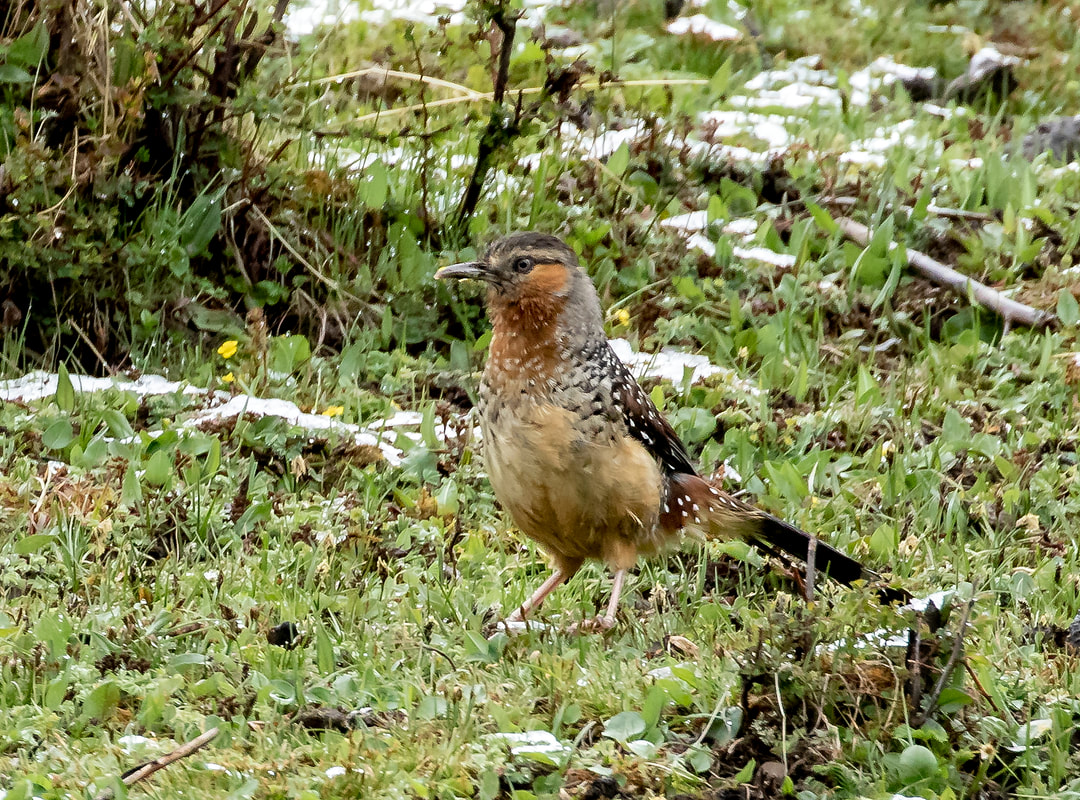
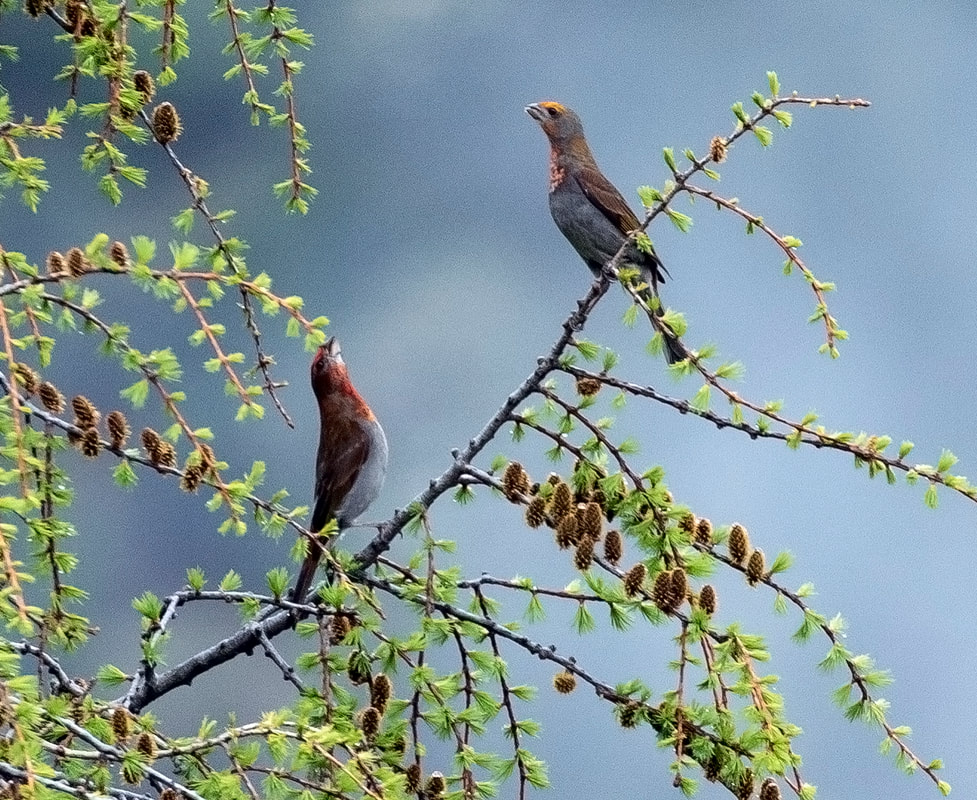
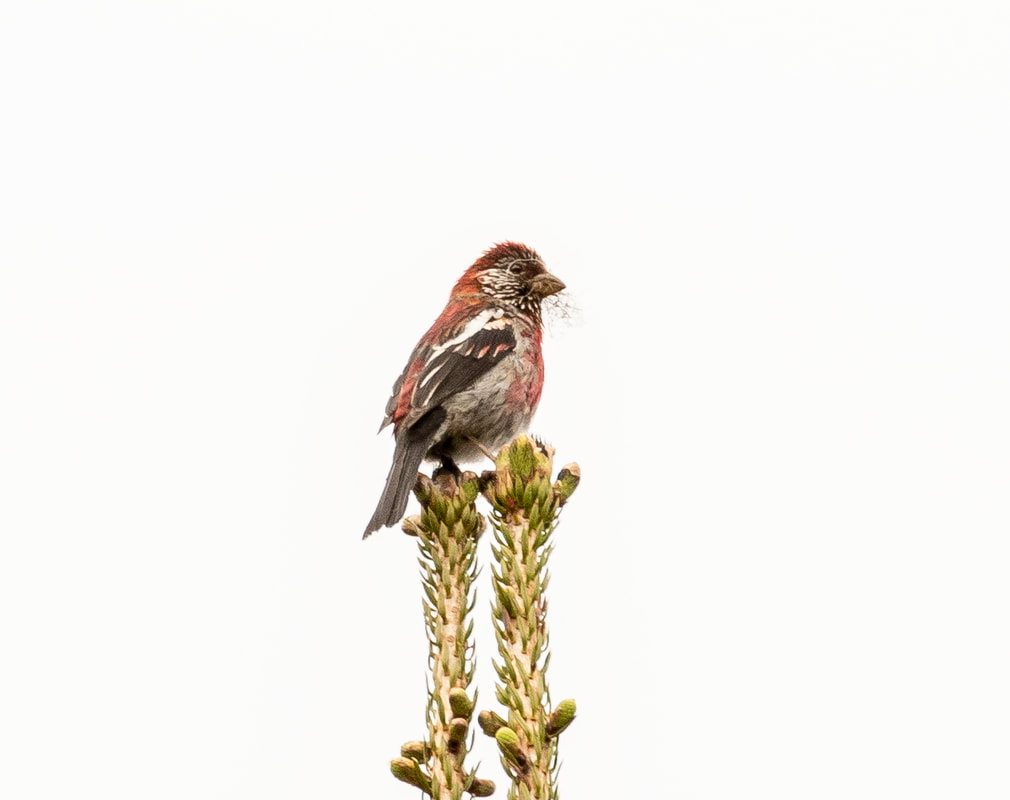
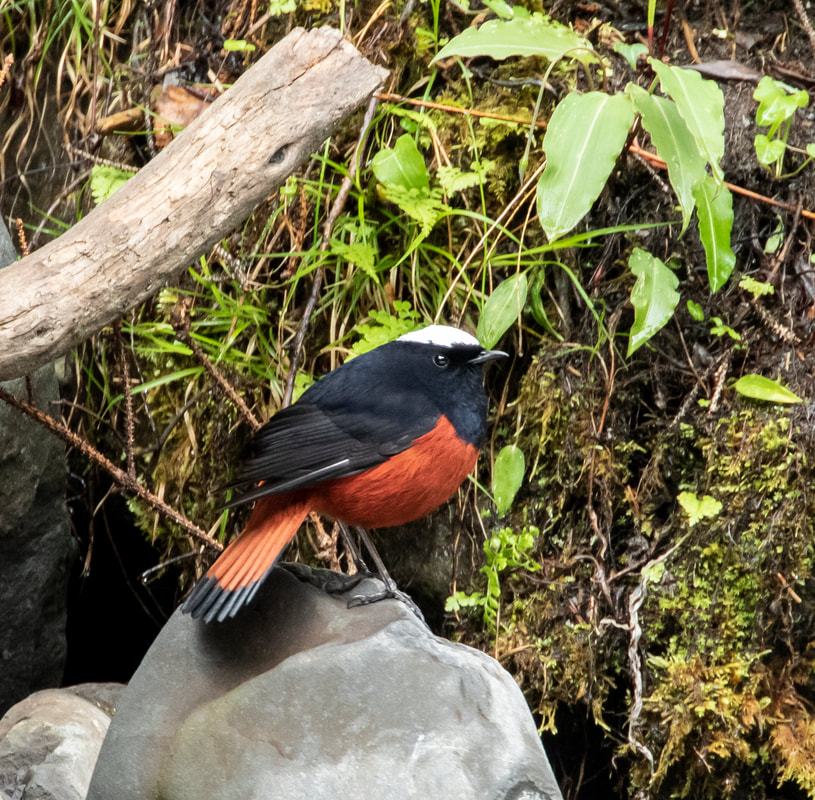
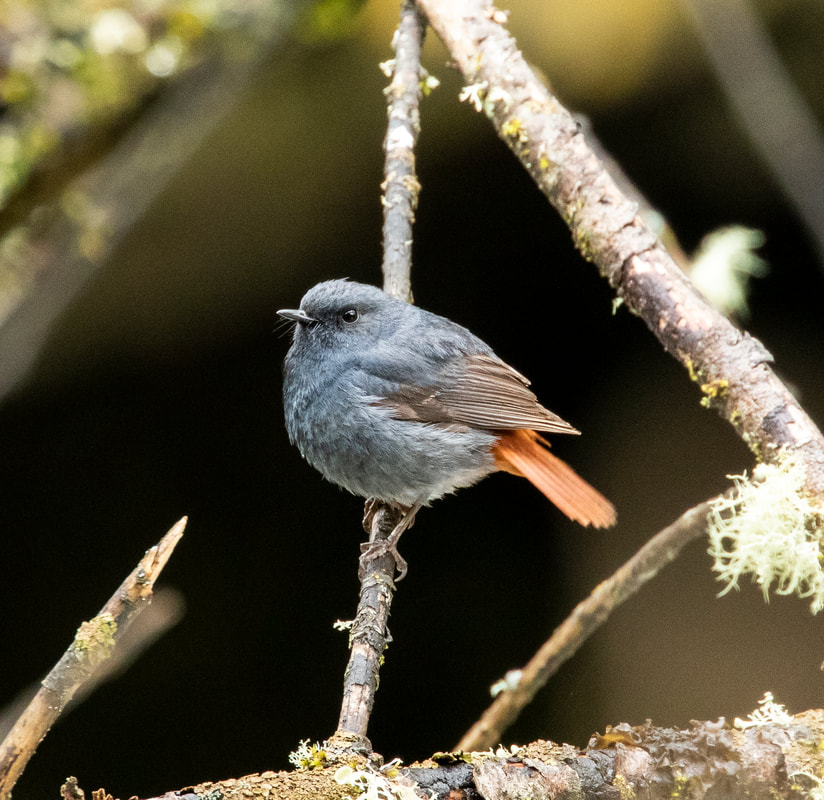
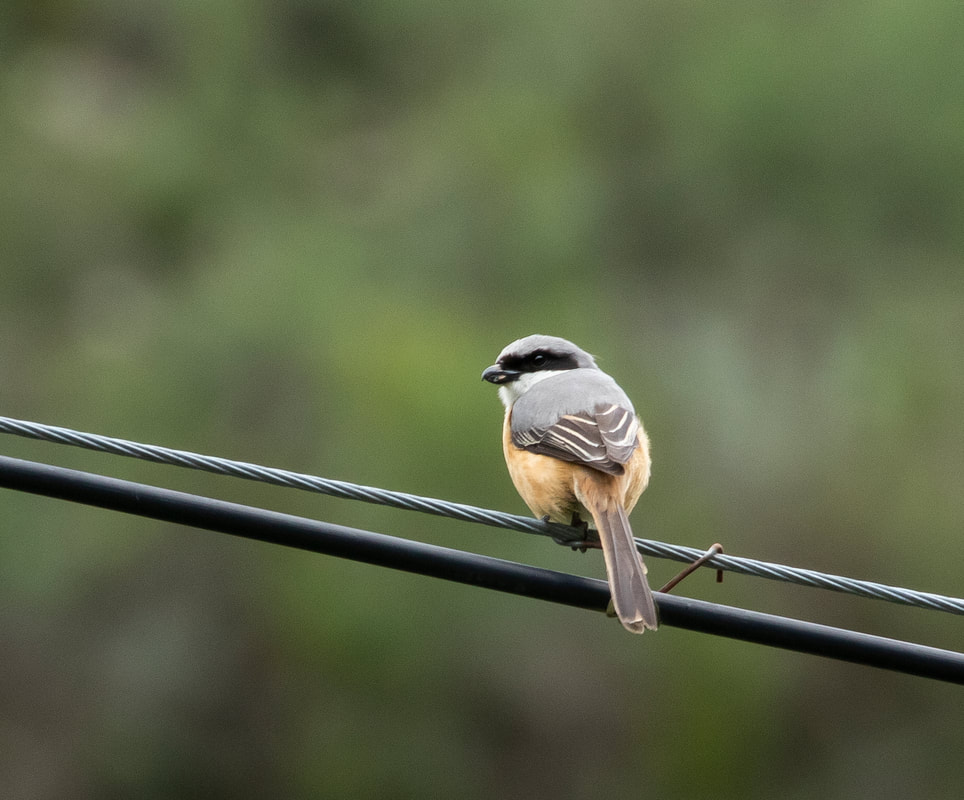
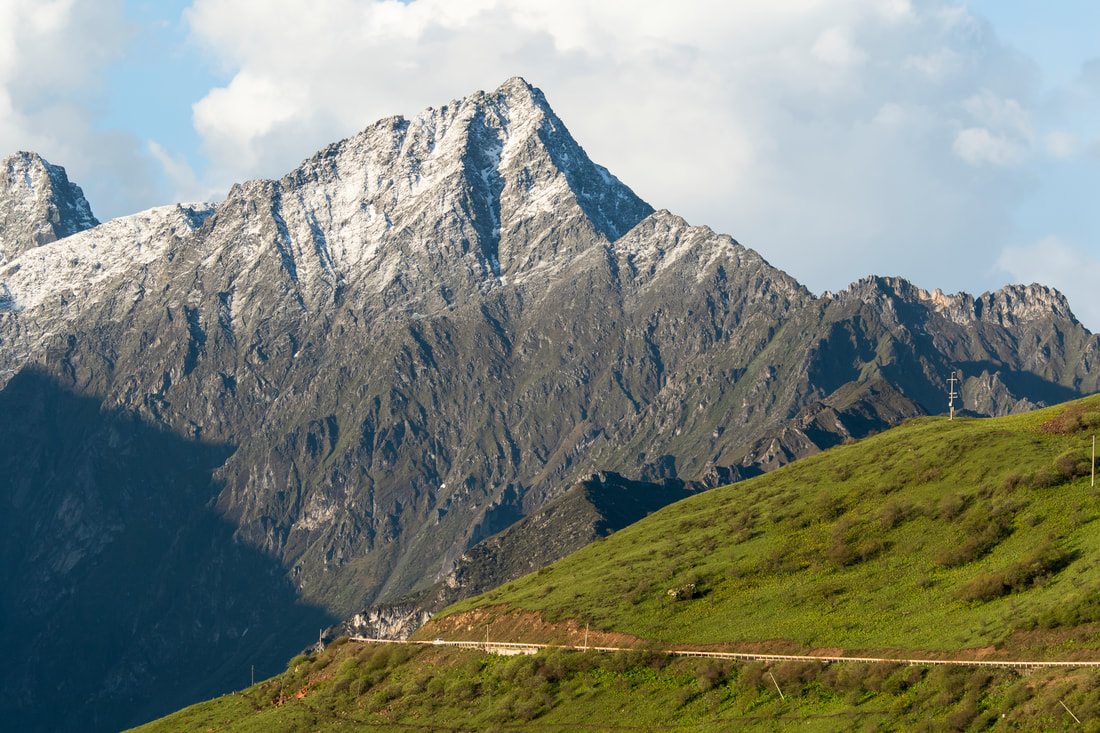
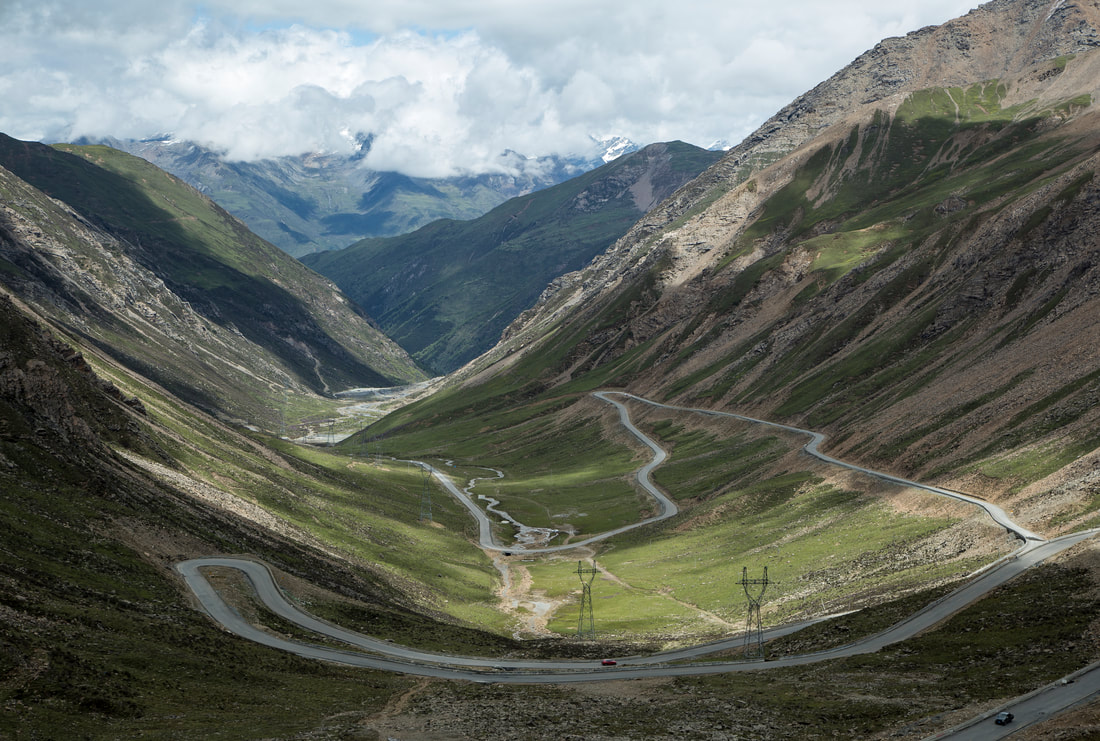
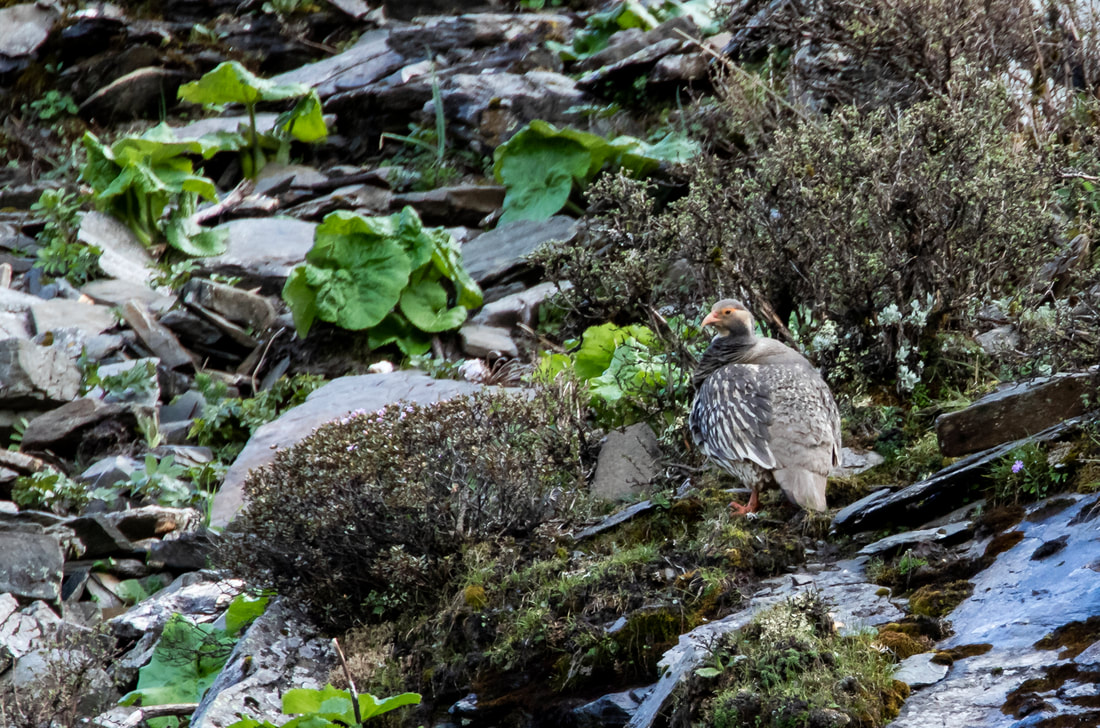
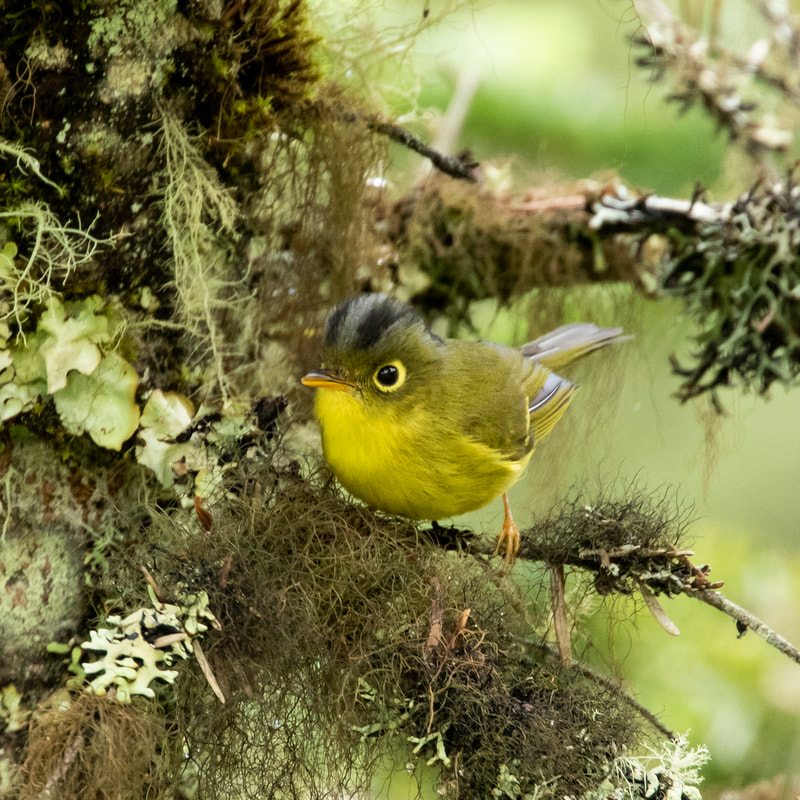
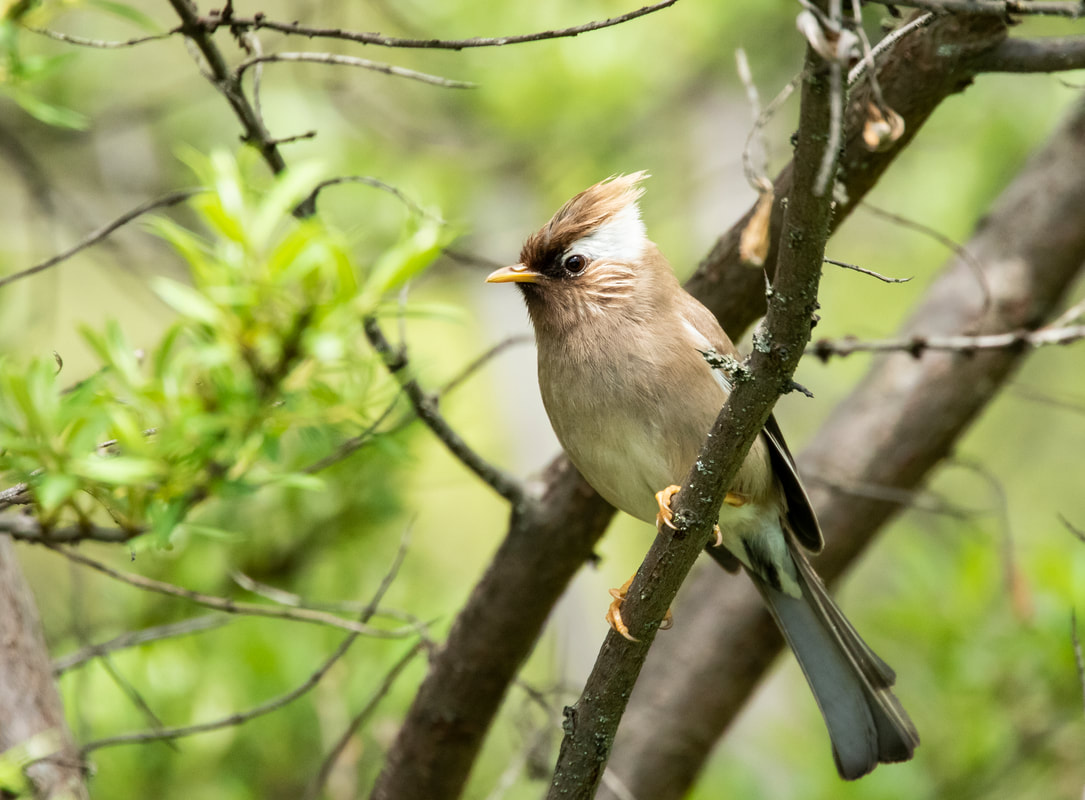
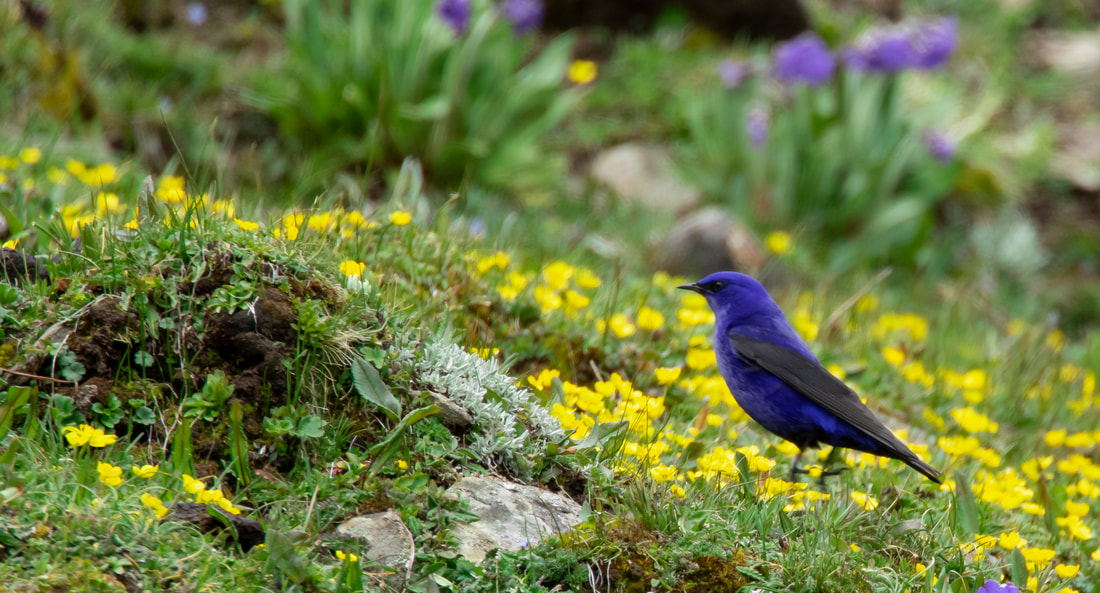
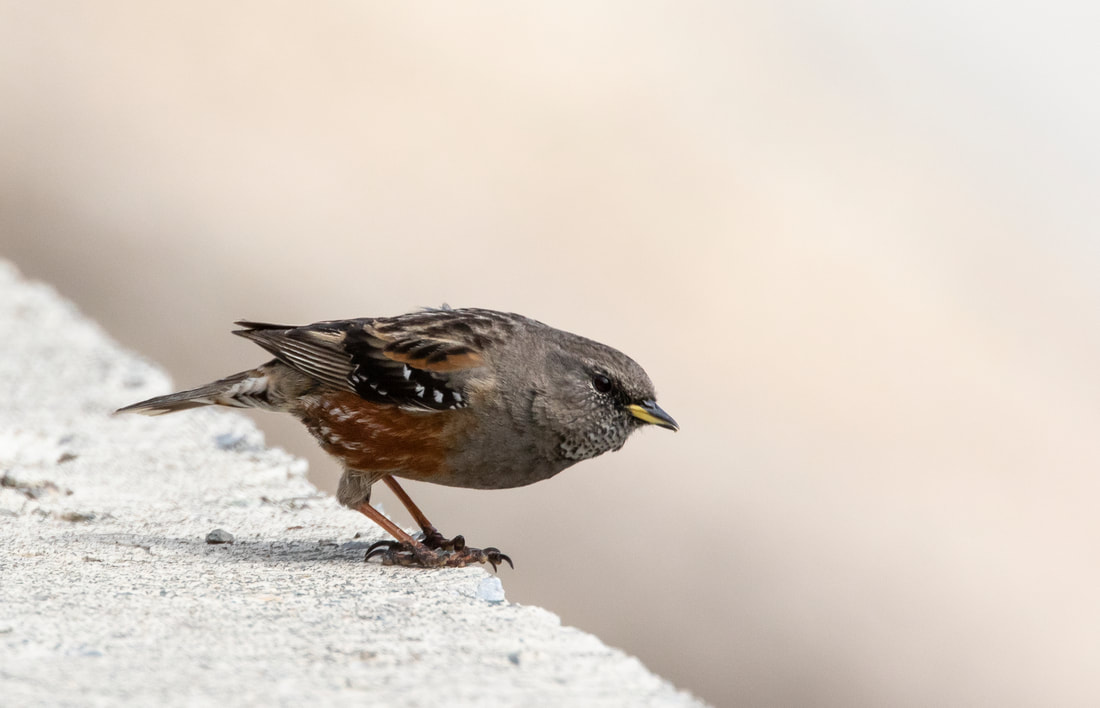
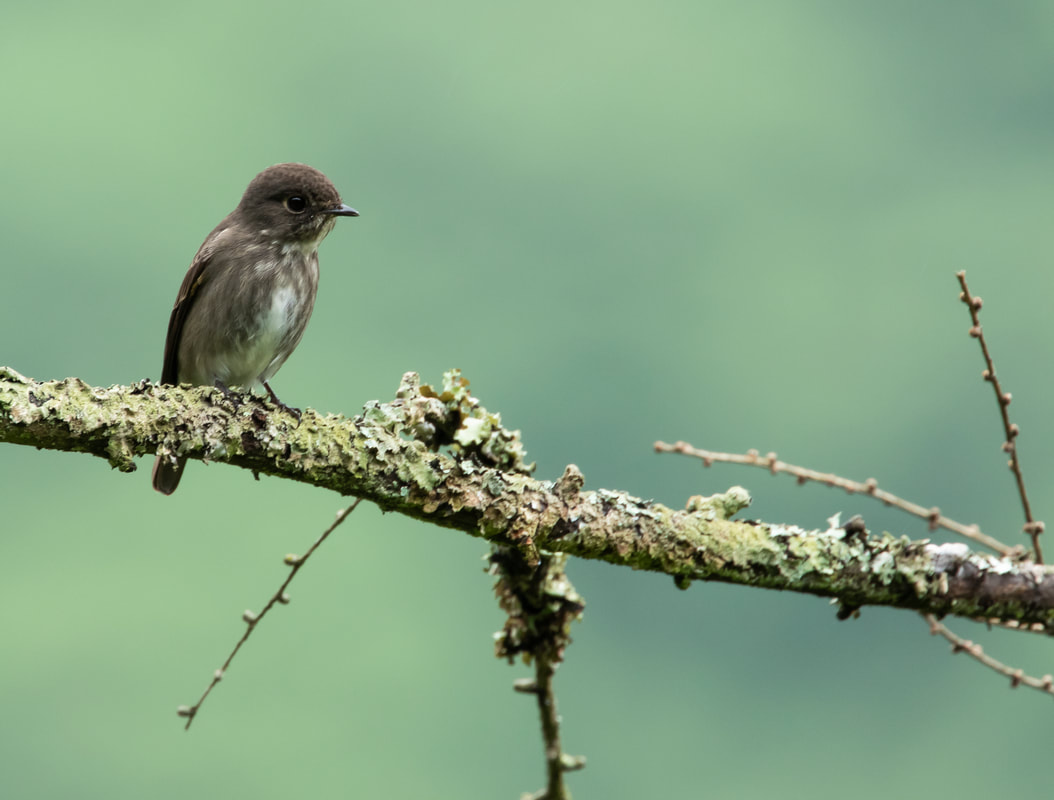
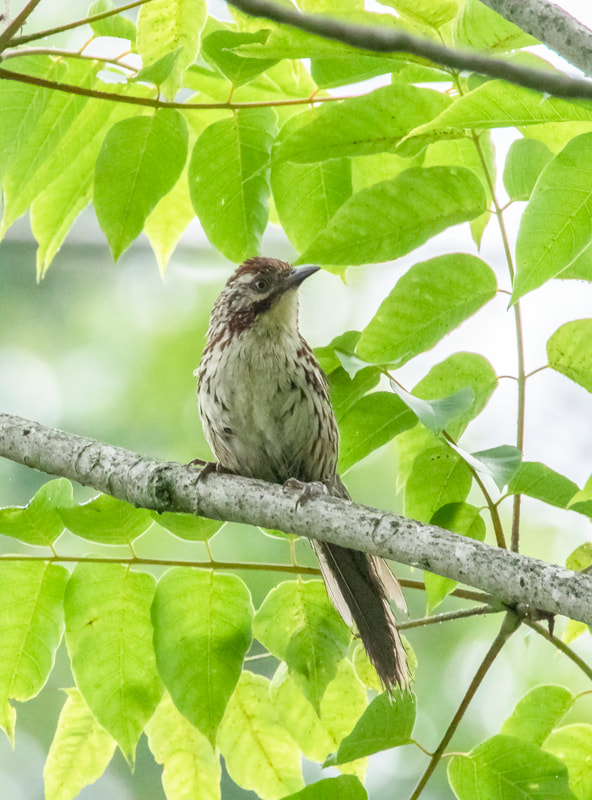
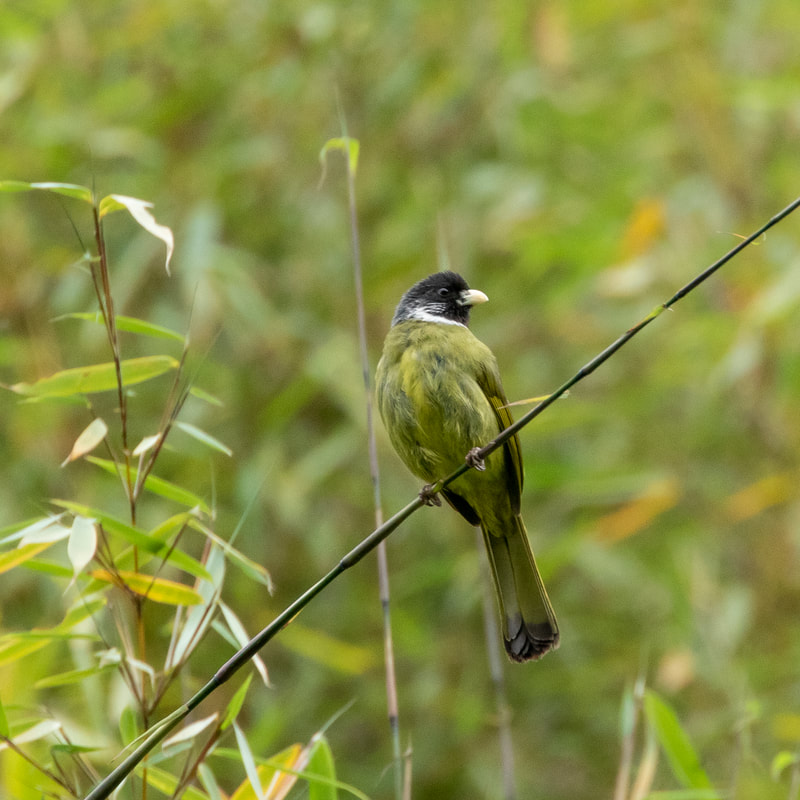
 RSS Feed
RSS Feed
